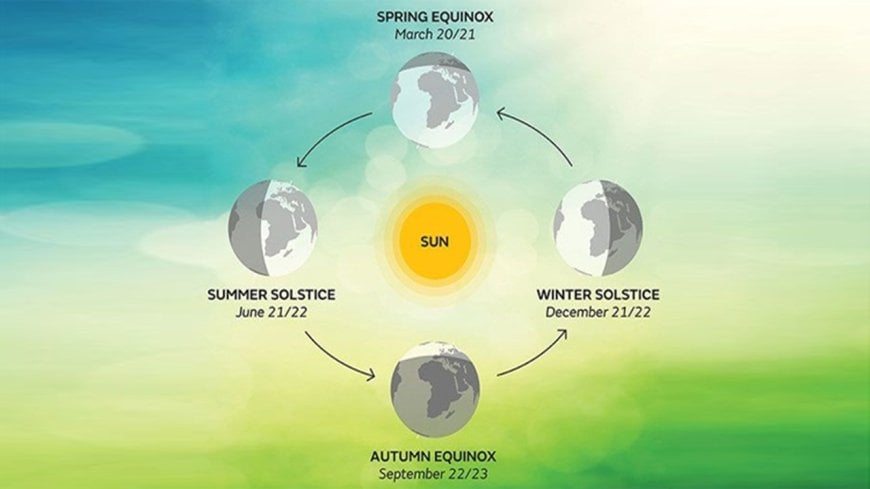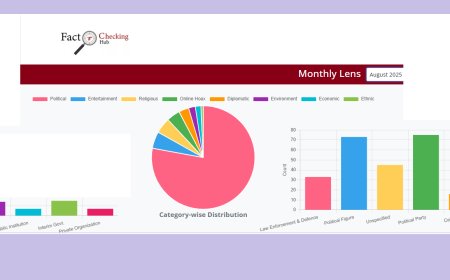September 23: Equinox Explains Equal Day and Night

September 23 marks a rare astronomical balance—when day and night are nearly equal in length. On this Tuesday, the 24 hours are divided into 12 hours of daylight and 12 hours of night. Aside from March 21 and September 23, no other days in the year experience such parity, and this phenomenon occurs across the entire globe, not just in Bangladesh.
But why does this happen? On this day, the Sun’s rays fall directly on the equator, creating what is known as the “Vernal Equinox,” a term derived from Latin. As a result, both hemispheres of the Earth receive nearly equal hours of day and night.
In reality, due to the Sun’s angular size and atmospheric refraction, the division is not perfectly equal, though the difference is minimal. After this period, in the Northern Hemisphere, the Sun gradually rises further southward and sets toward the southwest, ushering in the seasonal transition toward summer. By September 22, the Sun completes its southern positioning before shifting back toward the north on September 23, bringing equal day and night once again.
The phenomenon is rooted in Earth’s axial tilt. The planet is tilted at approximately 23.5 degrees from the vertical axis and takes 365 days and 6 hours (365.25 days) to complete one revolution around the Sun. This extra quarter day is why a leap year occurs every four years.
During summer, the Sun rises in the northeast and sets in the northwest, extending daylight hours. At the summer solstice around June 21, the Sun reaches its highest and northernmost point in the sky, delivering the most direct solar radiation and causing warmer temperatures.
Conversely, in winter, the Sun rises in the southeast and sets in the southwest, shortening daylight hours. At the winter solstice around December 21, the Sun appears at its lowest and southernmost point in the sky, resulting in the least direct solar radiation and colder conditions.
Thus, June 21 is the longest day of the year, while December 21 marks the shortest day, heralding the onset of winter.
Interestingly, Earth’s orbit around the Sun is not a perfect circle but elliptical. This means the planet is actually closest to the Sun in January (perihelion) during the Northern Hemisphere’s winter, and farthest away in July (aphelion) during the Northern Hemisphere’s summer.









































































































































































































